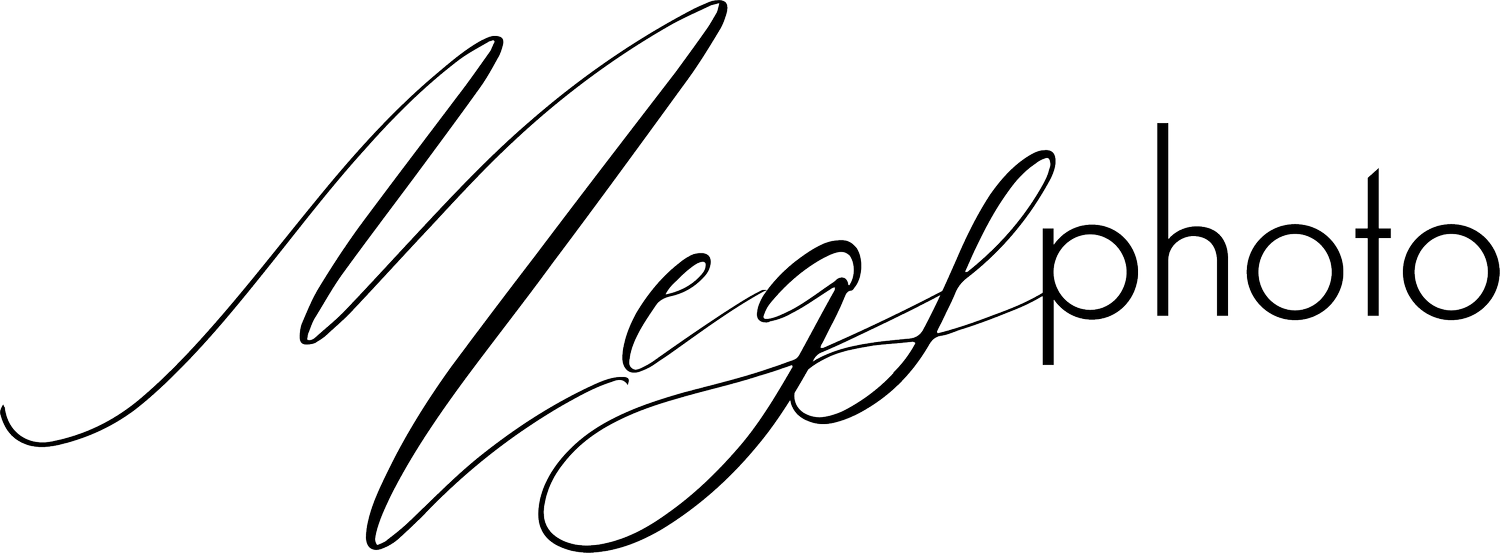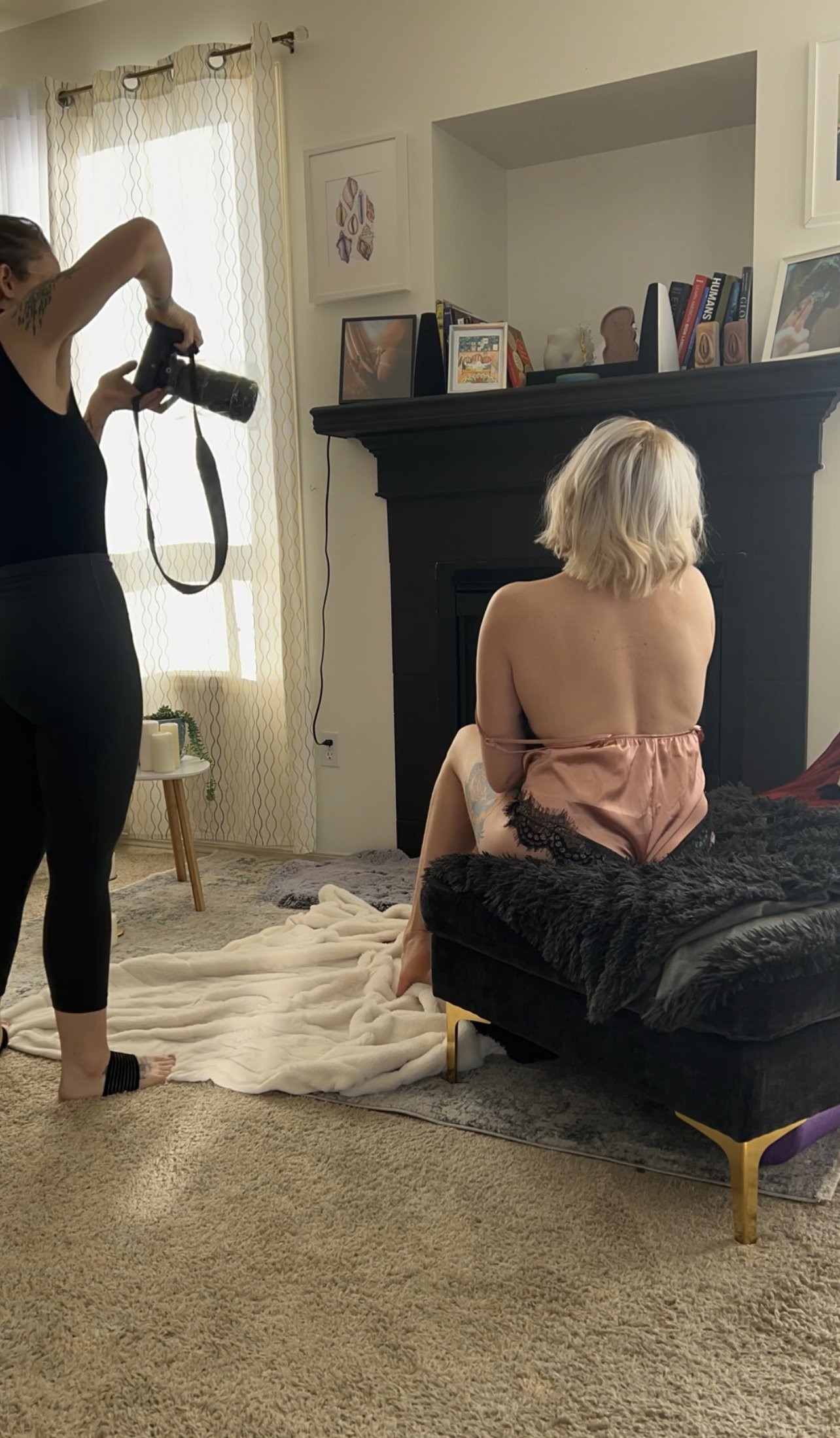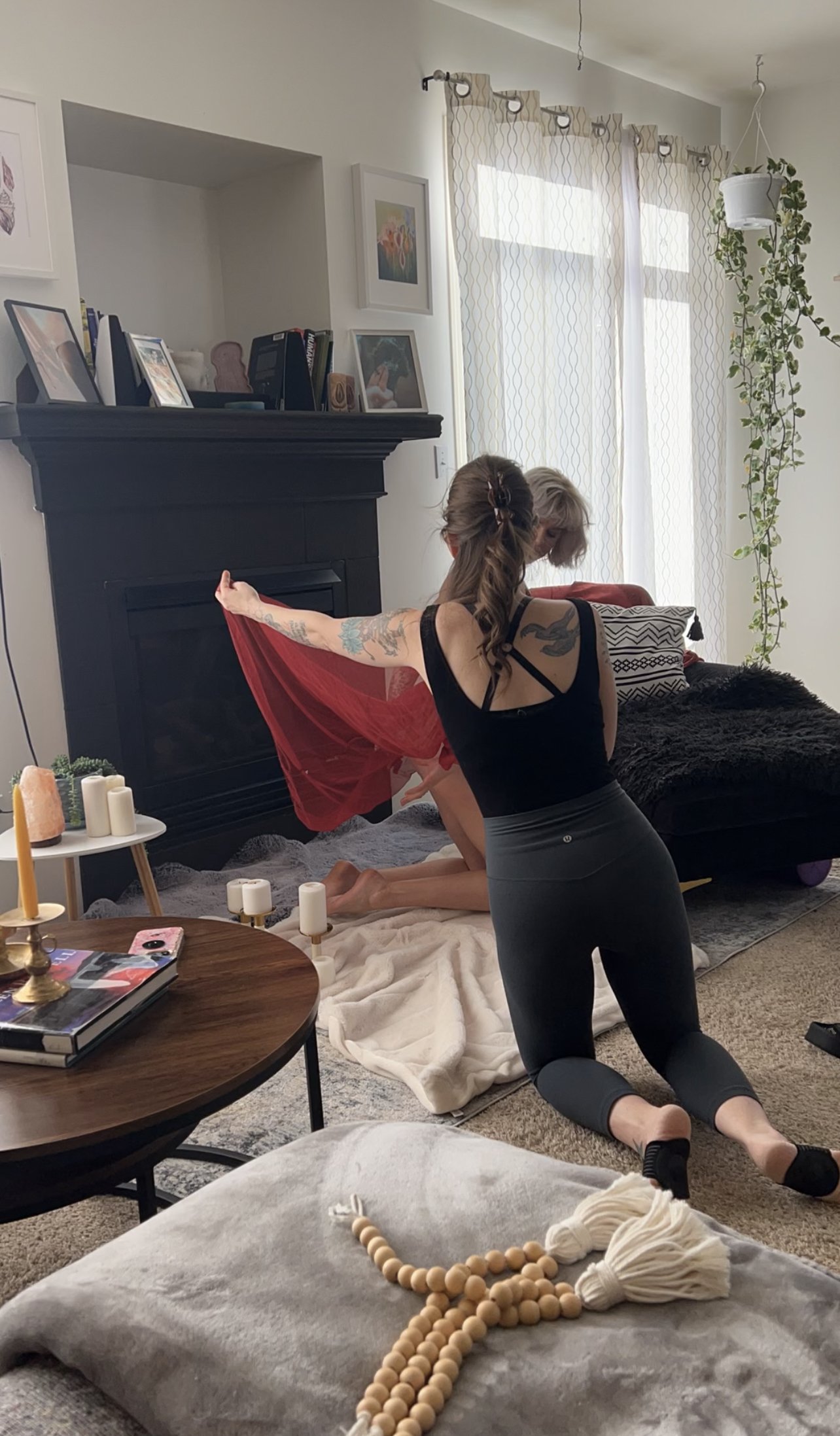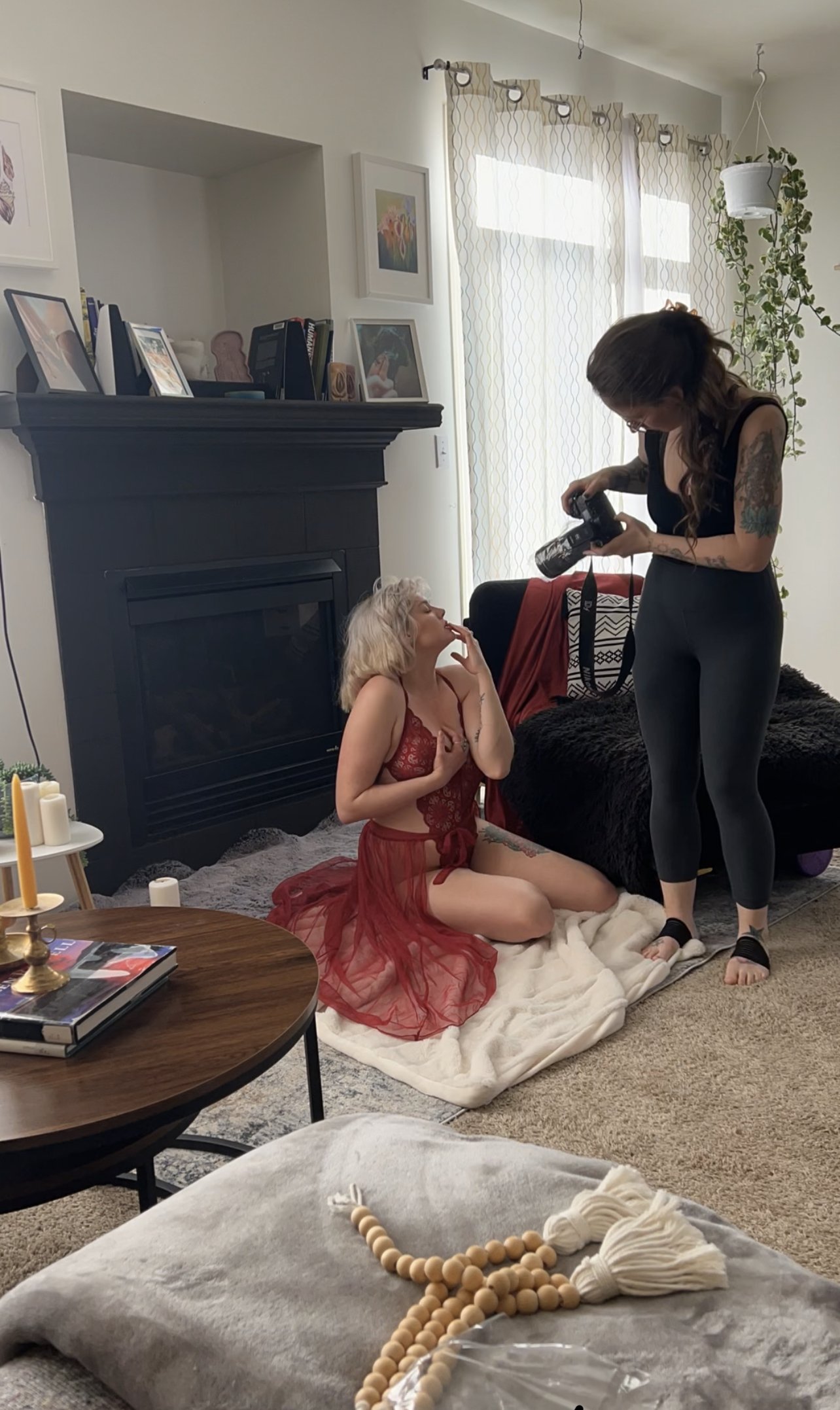Consent in Boudoir Photography
No one, I repeat, no one is entitled to right of first access when it comes to your body. From romantic partners, to doctors, to (that’s right), people that you pay to photograph aforementioned body. This earthly vessel, is yours. And yours only. Access to your body, your spirit, your emotions, or really any part of you … is a privilege. And it’s one that shouldn’t be taken lightly.
It seems like common sense, when you read it, right? But everyday, without even noticing, we give out access to our bodies without clear and expressed consent. This is not to say that I think most people are evil and looking to violate your body, and your sense of personal space (albeit, some are), but I think it’s soooo rampant, that most people don’t even think about it.
I could write a treatise on the way every inch of my skin crawls when someone puts their hand on my lower back without asking. The assumption that someone is allowed to touch you without asking, in any way, relies on the underlying notion that your body and personhood isn’t as valuable as theirs. And that’s a dangerous notion. Seems obvious when we spell it out, but it’s not.
As a woman, I feel this conversation is even further nuanced as I was raised with the underlying notion that my body was somehow less than that of the men around me. That as a woman, I was here to ensure everyone around me was happy, comfortable and satisfied FIRST. And while no one sat me down, and said from across a kitchen table, “here’s how we’d like you to be a self-sacrificing woman”, it exists in the subtle, subconscious realities of our culture and our minds.
The ability to self-advocate in a way that feels good, in a way that honours who we are and who we are as we evolve is a learned practice. And, an often difficult one. In an ideal world, you’d be surrounded by people who would understand this vital practice and do everything they can to encourage and support it. Alas, we don’t live in an ideal world. So, in the boudoir studio I do what I can to display what I believe to be a consent practice that works for me, and honours my clients. This is a consent practice that you should see with anyone that you work with — especially intimately.
Establishing Pronouns and Preferred Names
Seems obvious… right? It’s not. I never assume a persons gender off of visual cues alone. I ask. And … I always make sure that I read, re-read and re-read again the questionnaire that all clients get before their session.
Phone Consults
As a millennial, I don’t love answering the phone either. Jumping on the phone for a quick call gives me anxiety too, but with this line of work it’s necessary. Not only is booking in for a shoot a comprehensive process with so much information, it’s my first opportunity for you to hear my voice, and hear me say, “Don’t share things with me you’re not comfortable sharing. I ask intimate questions in an effort to ensure that your photoshoot feels like most like YOURS it can.” Everything you share with me, whether information or your body, is a privilege that I honour. All of which is kept between you and I.
Pre-Session Questionnaire/Prep-Guide
This is a place for me to get those pronouns and your information like I mentioned above, but it also has space for you to tell me about your physical and emotional limitations/boundaries. Physical limitations look like injuries or sore/tender body parts and emotional limitations can look like dysphoria or anxiety. (To name a few.) I reiterate here again, share only what you’re comfortable sharing.
The prep-guide is also just that, a guide to help you prepare for your session. So, it includes obvious pieces like hair and makeup, and to please be careful with spray tans, but it also includes a place for normal feelings to have and a breakdown of the vulnerability hangover.
Shoot Day Check-in
Before we start the actual shooting, I check-in with clients to address anything in the questionnaire but it also gives clients an opportunity to modify what they mentioned in their original questionnaire. I want clients to have room to show up however feels best for them THAT DAY — and that may be different than what they had in mind originally. This check-in also establishes that they are welcome to modify or amend the vibe/flow/intention of the shoot throughout. We want to do what feels good and right for our clients, and sometimes that changes as we sink into our bodies throughout the session.
Ask to Adjust
This one seems the most obvious to me because it would never occur to me to think I could touch someone else’s body without permission, but with the amount of clients that seem surprised that I’m asking, it isn’t as obvious as I would hope. This is one of the most important pieces in any consent practice — ask to adjust. Every single time I would like to move a piece of hair, untwist a strap, adjust the flow of a sheet — I ask. And not only do I ask, I try to ask with enough literal room or time for them to decide on their own.
Check-ins Throughout the Session
As we move through the session, I repeatedly check in with my clients to assess physical comfort — things like body temperature and overall soreness level. I also endeavour to create opportunities for breaks or pauses. This is for clients to breathe, have a drink of water and re-ground themselves if needed. Clients are encouraged to let me know if a pose or outfit doesn’t work for them, or if they want to shift in any way throughout the session.
Post-Session Guide
Clients receive a post-session confidence guide for after their photoshoot. This is a reiteration of normal feelings to have as well as tips and tricks on how to carry the (hopefully!) lovely feelings and experience of the photoshoot into the rest of your day/life.
Reveal Session
The reveal session — where clients come back to the studio to look at their photos for the first time and chat image purchase — can be nerve wracking for some. While most people are very excited to see their photos, it can be laced with some nervous anticipation of seeing themselves so matter of factly (often for the first time). We do a lot of work to prepare you for this, and I work really hard to try to cultivate space in the studio for you to react to the photos however feels most honest at that time. (A notable experience many have is that the meaning and perception of photos changes over time!)
This is also why I encourage clients to come alone to their reveal session (without partners or friends) so that you can experience your photos for the first time on your own terms, in a way that feels good at that time.
Model Releases (If Relevant)
If your session is a model call, or if you’ve agreed to allow me to release your images from a normal session — I check and double check that you are 100% comfortable signing the release (which I need to be able to legally share them). Images that we create from your session — unless otherwise agreed upon — are yours and yours alone. I need clear, expressed and legal consent to share them with the world.
Which is also why I caveat all releases with the option to rescind them at any time. The exact line I use is: “If you start to see negative ramifications in your personal or professional life as a result of these images being on the internet, you can rescind your model release at any time, no questions asked.” This is not industry standard. However, with such intimate work it’s important for me as a photographer to acknowledge the ever evolving nature of life — and that includes how photos feel to clients over time. I need to honour that. Always. (This is also why model calls are no longer free!)
Bottom line: I know that this experience is one of a deeply intimate nature. Photography in general, is that way let alone with such vulnerable photography. I have spent a lot of years learning, making missteps, hearing clients, and amending my work flow to try and offer an experience that is based in consent and trust. This is an ever-evolving practice, and one that you should see with anyone you work with. I want to set a standard for how intimate photography should go, and I want to ensure that you as a paying client, shouldn’t settle for less.









